Cats are mysterious. They have their funny little quirks that we, as humans, will never quite understand. Here’s one more mystery for you, “Do cat’s whiskers fall out?”
Before you run off to look for whiskers, your cat has inadvertently dropped, the short answer is, “Yes.” Cat’s whiskers are hair that grows continuously. Like all hair, it goes through distinct life cycles. Each whisker will eventually mature and fall out.
In this post, we’ll look at why cats have whiskers, why they lose them and when this is a cause for concern.
If you’ve got a lot of spare whiskers lying around your home here are 8 things you can do with fallen whiskers.
Contents
What are Whiskers?
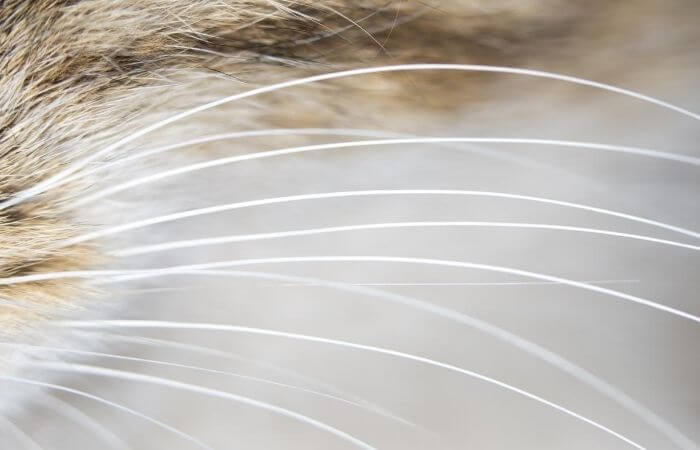
Whiskers, or vibrissae, as they’re also known, are classified as sensory organs of touch.
They’re very sensitive hairs that grow in specific patterns.
Most are on the cat’s muzzle, but there are also some around the ears, eyes and on the foreleg.
What do Cats Need Whiskers?
They Help Them “See” in the Dark
Cats are, by nature, nocturnal animals.
You probably already know that they see well in the dark.
What you might not know is that their whiskers help them be even stealthier.
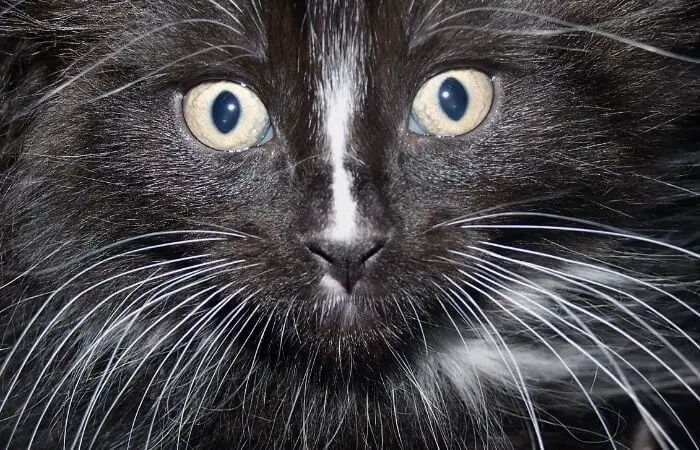
Thanks to their whiskers, cats can adjust to complete blindness, and function almost normally.
How?
When a cat’s whiskers brush up against something, they’re able to determine its size, location, and texture.
They Use Them to Judge Space
The vibrissae are useful when your cat tries to navigate through tight spaces.
They’re as wide as the cat’s body. Your cat can determine the dimensions of the area they’re moving through, and if they’ll fit.
The hairs also detect changes in an air current that could spell oncoming danger.
A sudden break in air current might signal an upcoming obstacle or an approaching predator. It could also signal the approach of prey.
A cat may need to monitor airflow when stalking to ensure that they stay upwind of their target.
They’ll also extend their whiskers toward the animal to get more sensory information.
The sensitive nature of these hairs becomes useful when a cat is falling or jumping, too.
Cats sense where the hairs are in relation to their limbs and use the information to right themselves.
That’s one of the reasons that cats always land on their feet.
They Use Them to Communicate
While not a primary communication tool, cats do to some extent use their whiskers to communicate, whiskers can be a good indication of your cat’s state of mind.
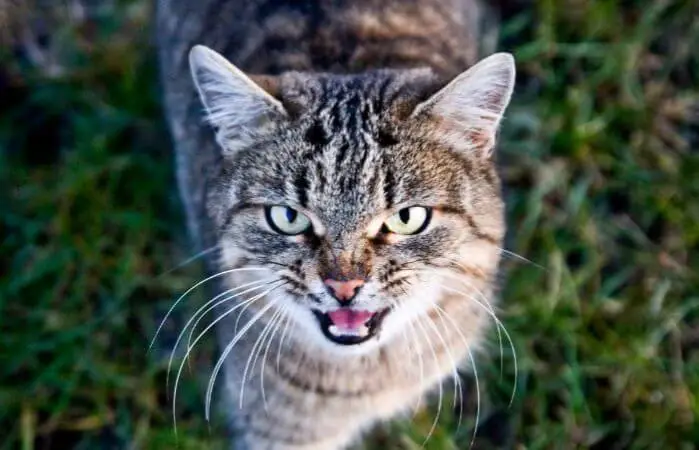
The hairs connect to muscles just under the skin, making the bristles mobile.
What’s your cat telling you?
When the whiskers are:
- Pulled back against the face: I’m frightened or angry, back off or get scratched. Give me space. If you try to touch me, you are likely to face my wrath.
- Relaxed: I’m in a happy place. You may approach me, human. Fair warning, you’ll get a good reception, but may face my wrath later. Cuddle me only as much as I want you to.
- Pointed to the front: I’m hunting and about to pounce, or I’m curious about my surroundings. Approach me at your peril, because you might resemble prey when I’m in this mood.
So Why Do Cat’s Whiskers Fall Out?
The vibrissae are a special type of hair, but they’re subject to similar growth patterns.
The whisker grows out over a period of two to three months. Over time, the hair is subject to damage and normal wear and tear.
To combat this, Mother Nature ensures that the hairs have a limited lifespan.
The hair naturally dies off so that a new, stronger one may take its place. This process repeats indefinitely as long as the follicle is healthy.
Trauma, as caused by an injury or pulling the hair out, may damage the follicle. If this happens, the hair won’t grow back like it normally would.
Why Does My Cat Always Have Whiskers if They Die-Off Naturally?
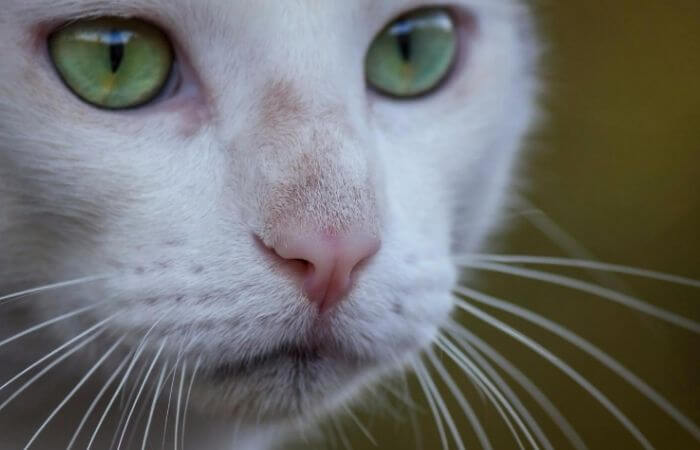
Just like with human hair, the vibrissae grow in different cycles.
You’ll have one or two in the early growth stage, others at full maturity, and some dying.
In a healthy cat, there will always be some vibrissae present.
What happens if my cat loses a whisker?
If it’s just one or two that drop out, don’t worry. It’s a perfectly natural process.
Take them to the vet if too many fall out at once, or the cat also presents:
- Lethargy
- Allergies
- Skin Problems
- Unexplained Weight Loss
Reasons That Cats Lose Whiskers
Allergies
If you’ve switched to a new brand of pet food, you might have to deal with an allergy.
Top Tip: If food allergies are a problem for your cat check out our recommendation for the best hypoallergenic cat food.
This usually presents as raised, itchy, red welts on their skin. In the advanced stages, the skin’s hair will fall out.
Infections
Fungal or bacterial infections are common causes of hair loss in pets. The difference between allergies and diseases is the type and position of the rash.
Allergies don’t follow a particular pattern and might be all over the body.
An infection is usually localised and may leave distinct marks. Ringworm, for example, has a clear circular structure.
Infections may or may not be itchy. Bacterial infections may create weeping sores.
Trauma

If you could speak to your cat, they’d tell you all about the trauma they experience daily.
Their top complaint is bound to be that you don’t feed them enough.
They’ll tell you how stressful it is to see the bottom of their dish and how the trauma makes them lose whiskers.
Don’t let them know it, but they might have a point. Excessive stress might cause hair loss.
Where’s the trauma?
If your cat’s dish isn’t wide enough, they might damage their whiskers every time they eat.
How?
Whisker stress – the prolonged pressure of the bowl on the hair while they’re eating can damage the hairs over time.
A more common cause of the trauma is fighting with other animals. If your cat is quite scrappy, they might get involved in a lot of territorial battles.
Dogs or other animals may also injure them. If the wounds are near the muzzle, they might lose the whisker.
Stress
Cats seem quite laid back, but it’s easy to upset their routine.
Add a new family member, get a dog, or even change their food, and they may feel stressed.
Signs of stress include hiding, acting destructively, behavioural changes, and urinating in the incorrect places.
Acne
Cats may also develop acne. This is most commonly due to unsanitary food or water dish.
Prevent the problem by using ceramic or stainless-steel bowls. Clean them often.
Can the Hair Change Colour?
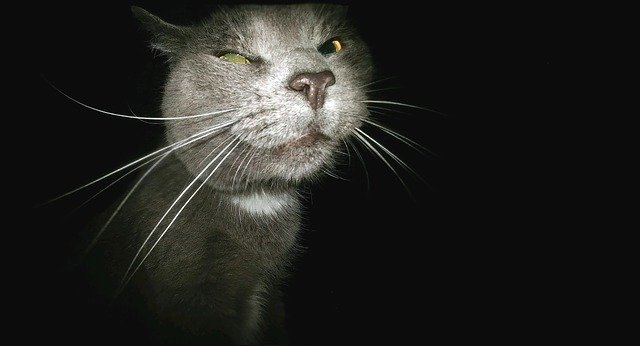
It’s common for these hairs to change colour as the cat ages.
White hairs may turn black, and black hairs may go grey or even white. It’s normal, so don’t worry about it.
Caring for Your Cat’s Whiskers
Leave this job to your cat. Never try to neaten up the hairs. By trimming the edges, or plucking hairs, you deprive the cat of a sensory tool.
It’s also best to let damaged, or bent hairs fall out on their own. Tugging them will hurt your pet, so keep your paws off.
Your job as a caring owner is to keep your cat in good health.
Take them to the vet at least once a year for their shots and a check-up. Watch for changes in their coat and how they move around.
Conclusion
Cat’s may lose whiskers naturally or through trauma or disease. Natural loss is as a result of the natural growth cycle.
This process replaces damaged or worn hairs with strong, new ones. Loss through trauma or disease is less common and may be permanent.
If you feel that your cat has lost too many whiskers, take them to your vet for a check-up.
As an Amazon Associate I may earn a small fee from qualifying purchases at no extra cost to you. This helps us run the site, so thanks for your support!

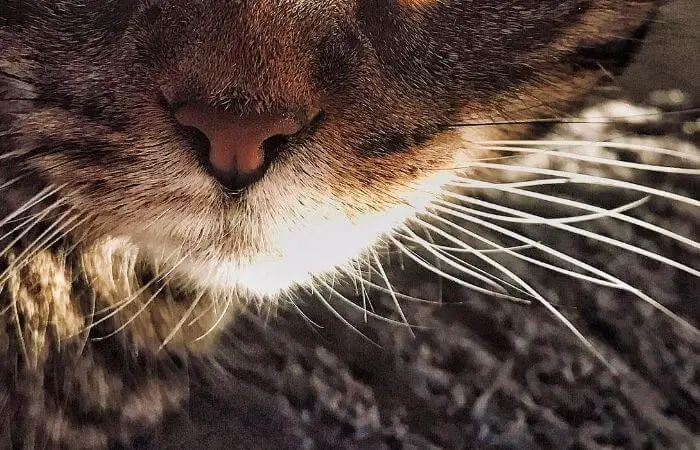
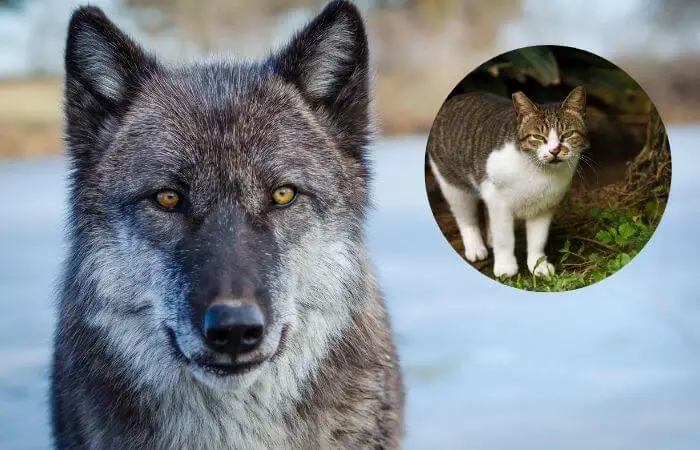
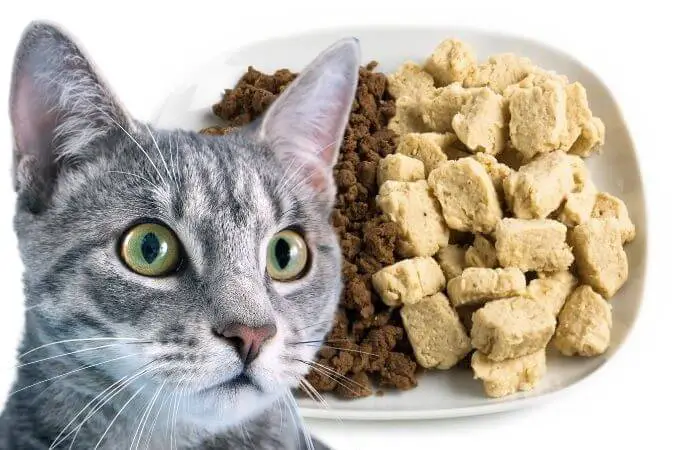
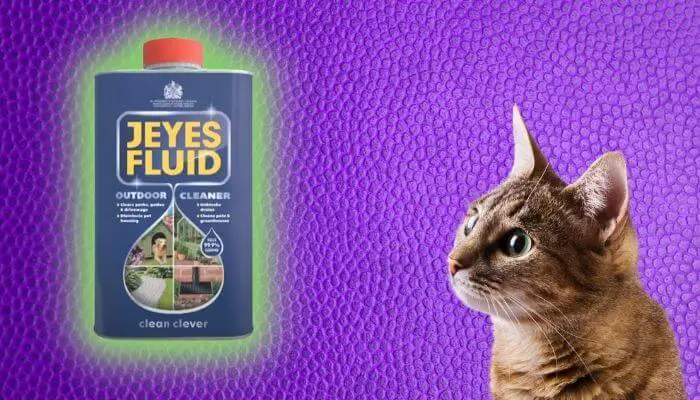
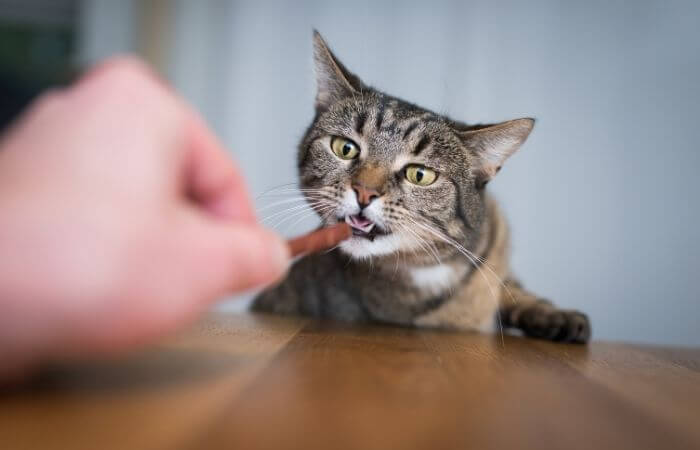
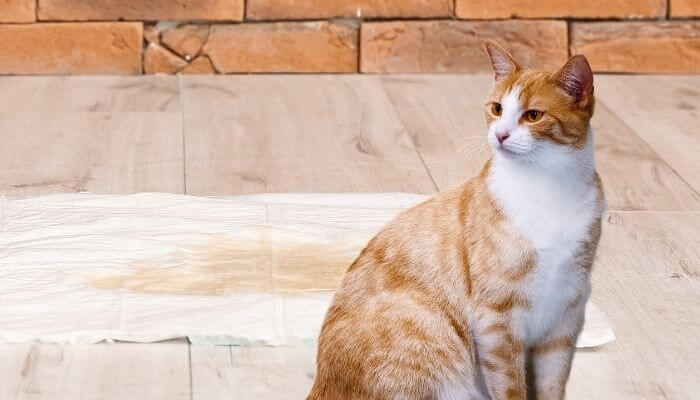

Leave a Comment